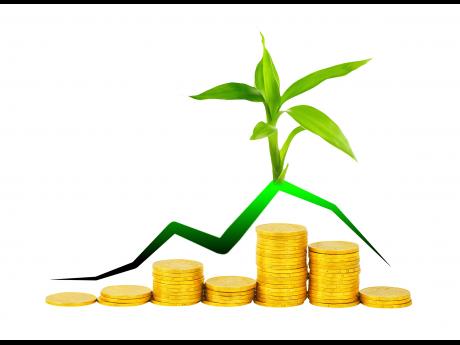The ‘Goldilocks’ economy
With steady growth, low unemployment and tame inflation, the United States is experiencing a 'Goldilocks' economy: Not too hot. Not too cold. But just right.
So says a top Federal Reserve official, who on Friday suggested that the unemployment rate could fall further to 3.5 per cent with inflation modestly overshooting the Fed's target for a time without raising concerns.
John Williams, currently president of the Fed's San Francisco regional bank, said that he still expects a gradual pace of three to four increases in the Fed's key interest rate this year. He spoke in an interview with CNBC after the government reported that the unemployment rate fell to 3.9 per cent in April, the lowest level in more than 17 years, with 164,000 jobs created.
"I feel this is pretty much a Goldilocks economy," Williams said, noting the strong labour market and moderate gains in wages and inflation. "I see this as all pretty positive."
Williams will be moving next month to take over as president of the Fed's most influential regional bank in New York. Williams is a voter on the Federal Open Market Committee, the panel of Fed board members and regional bank presidents who set interest rates.
As president of the New York Fed, he will have a permanent vote and will serve as the FOMC's vice chairman. He will succeed William Dudley, who is retiring from the central bank in June.
A PhD economist and the former research director of the San Francisco Fed, Williams is being viewed as part of the brain trust that Federal Reserve Chairman Jerome Powell, a non-economist, will rely on in setting monetary policy. Also in that group is Richard Clarida, another PhD economist and professor at Columbia University, who was recently nominated by President Donald Trump to serve as vice chairman of the Fed's seven-member board in Washington.
Williams, one of several Fed officials who spoke Friday at a policy conference at Stanford University, said that he was not concerned that unemployment has now fallen below 4 per cent with inflation rising. For years the Fed has failed to achieve its target of inflation rising at an annual rate of 2 per cent so the recent gains towards that goal were encouraging, he said, noting that both wages and inflation were rising at moderate levels.
At its meeting on Wednesday, the Fed left its key policy rate unchanged at a still-low level of 1.5 per cent to 1.75 per cent. The Fed did hike the rate in March and many economists expect the central bank to move again at the June meeting. At its March meeting, the Fed projected raising rates three times this year, the same number of hikes it delivered in 2017.
While many economists believe that the country is now at full employment, Williams said he could see the jobless rate dropping further to around 3.5 per cent, with the central bank "modestly overshooting" its 2 per cent target for inflation for a time given that the Fed had failed for a number of years after the Great Recession to achieve the 2 per cent inflation goal.
"I am personally comfortable with the fact that inflation may overshoot that 2 per cent (Fed target) for a while," Williams said.
- AP

